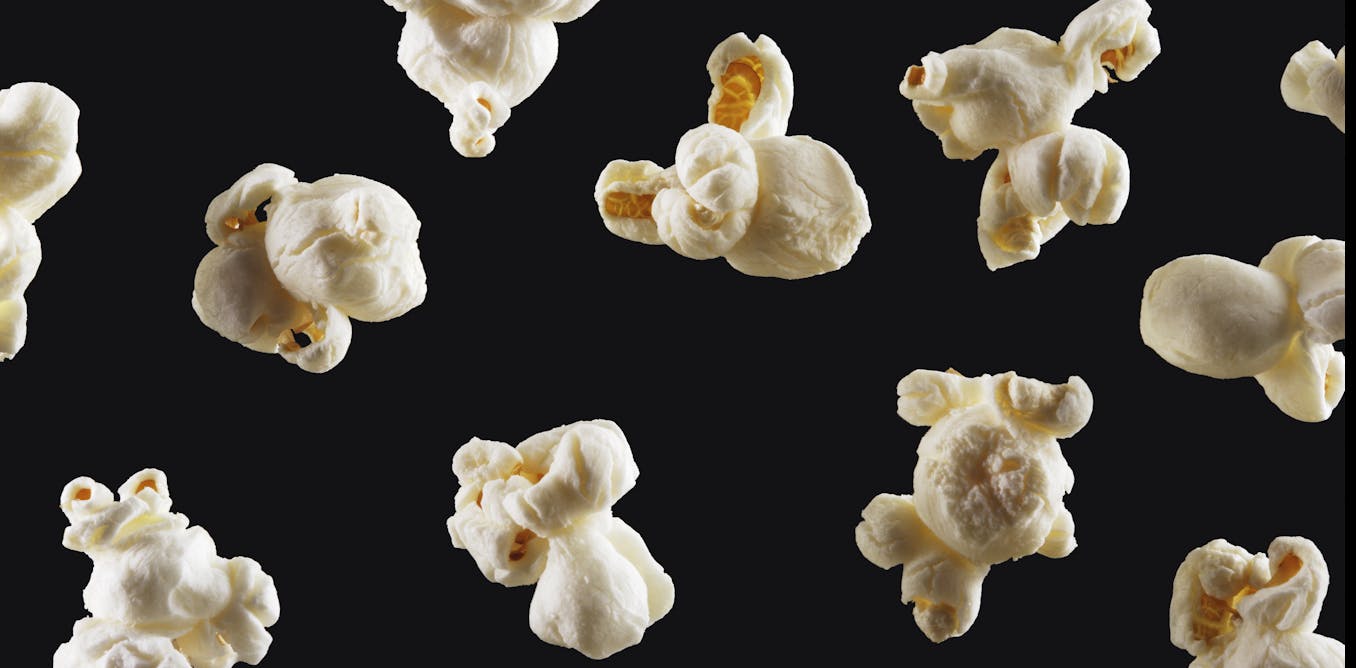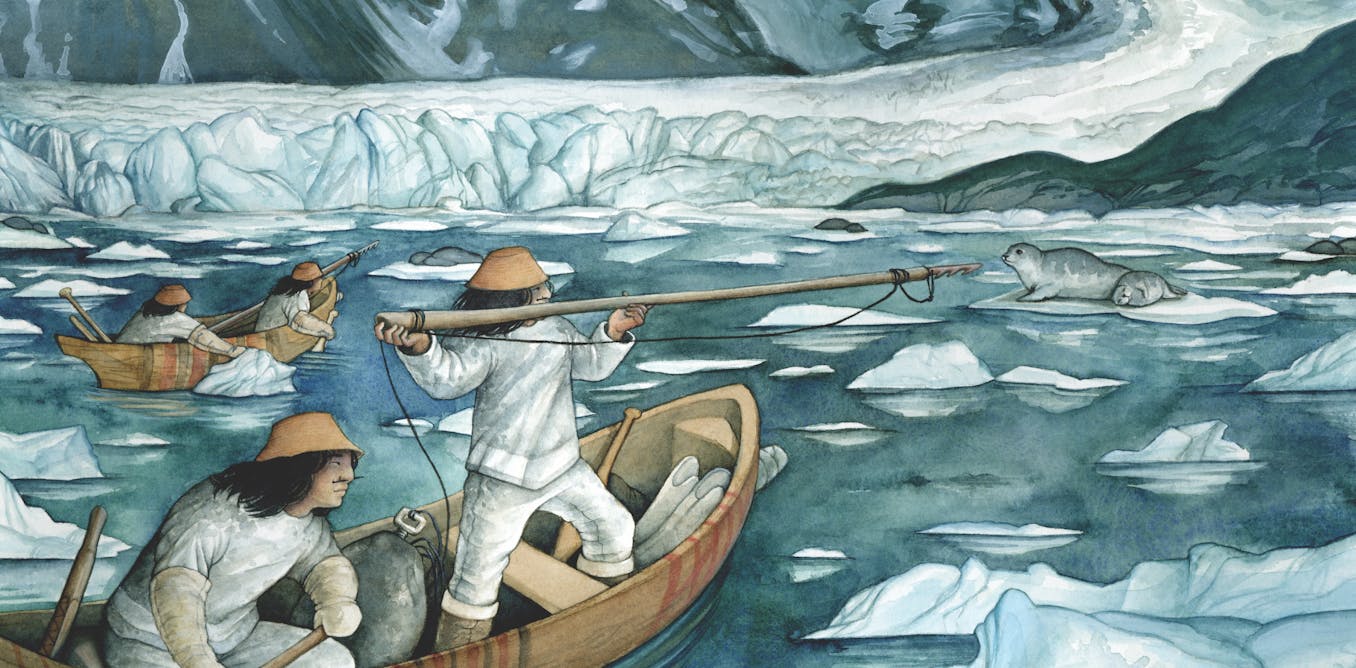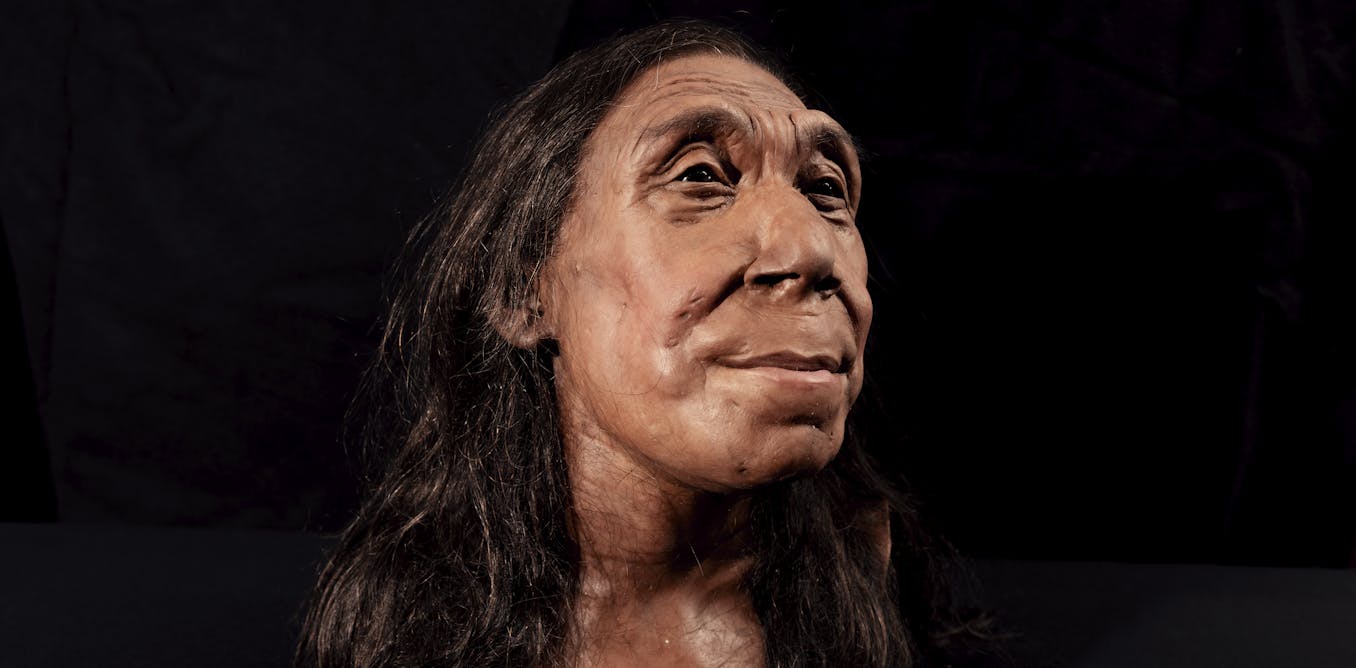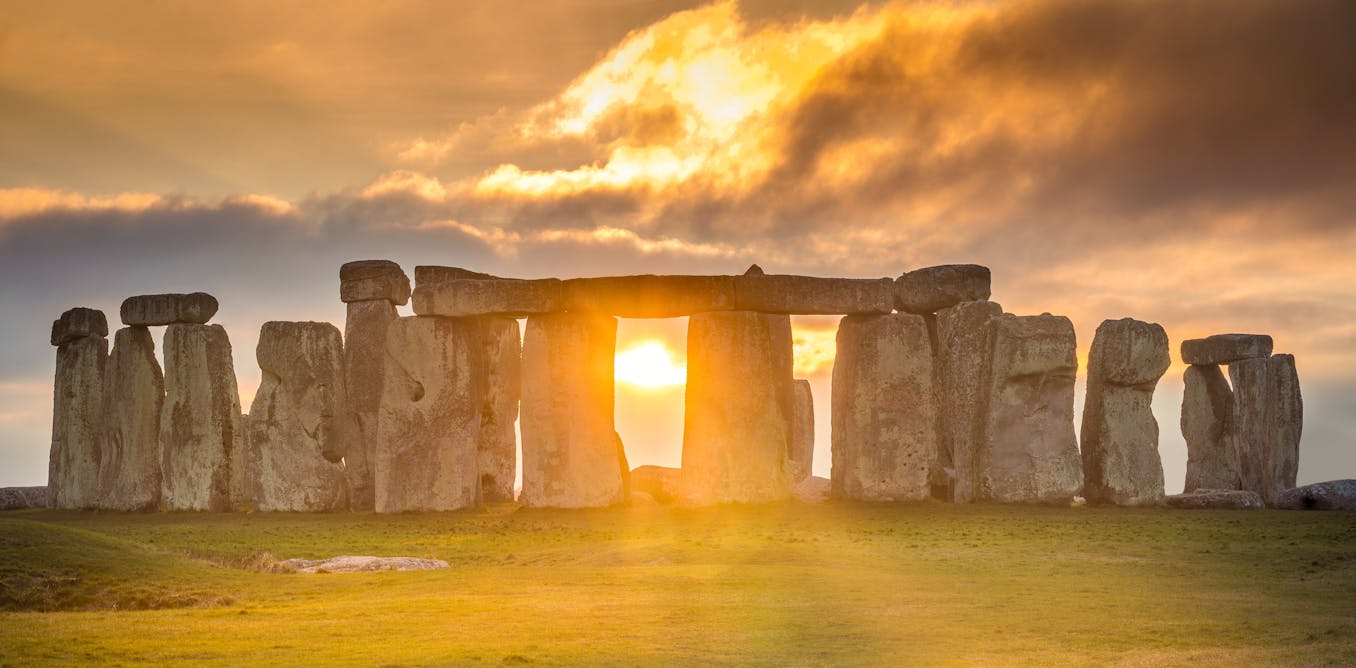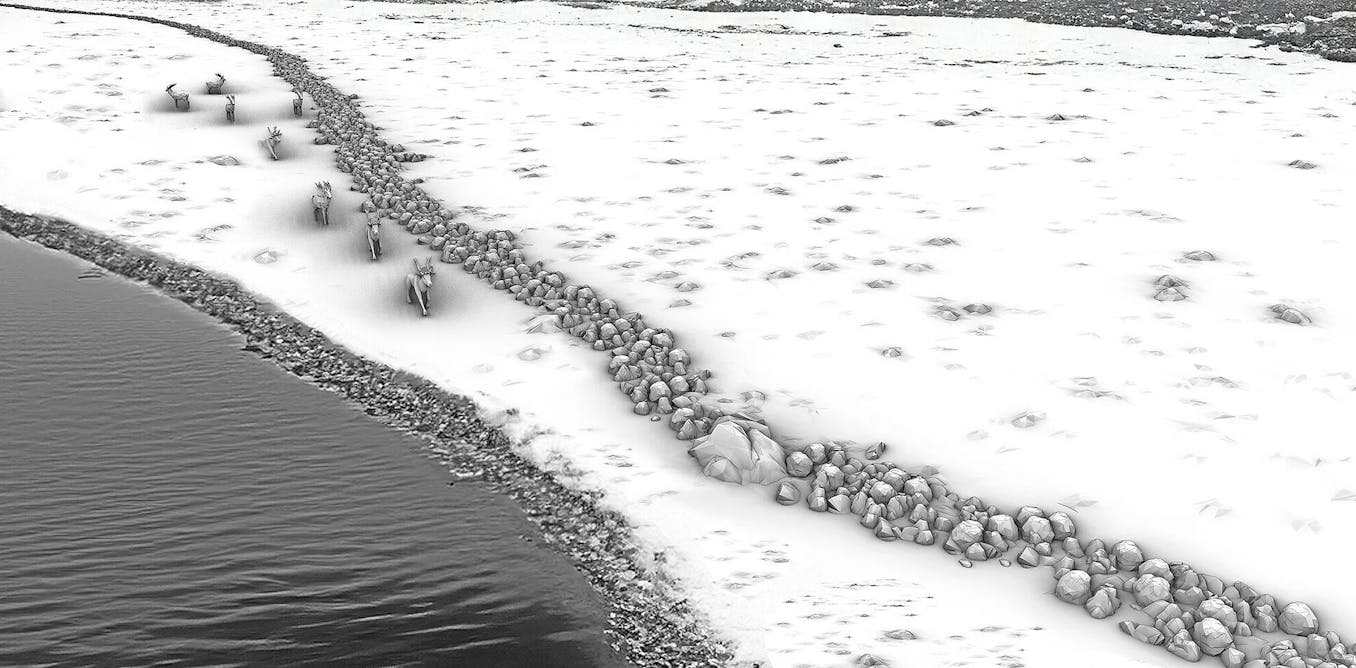Lucy, discovered 50 years ago in Ethiopia, stood just 3.5 feet tall − but she still towers over our understanding of human origins
A photo of Lucy’s reconstructed skeleton next to a live four-year-old girl shows how human Lucy was – and how small.
June 27, 2024 • ~4 min
Rocks on Rapa Nui tell the story of a small, resilient population − countering the notion of a doomed overpopulated island
Satellite data shows the amount of food the residents of the tiny Pacific island have grown over time, pointing to a small but stable population.
June 21, 2024 • ~10 min
Digital public archaeology: Excavating data from digs done decades ago and connecting with today’s communities
Archaeologists preserve records of their excavations, but many are never analyzed. Digital archaeology is making these records more accessible and analyzing the data in new ways.
June 18, 2024 • ~7 min
Scientists and Indigenous leaders team up to conserve seals and an ancestral way of life at Yakutat, Alaska
Collaborative research by archaeologists, environmental scientists and tribal elders combines science and Indigenous knowledge to tell the story of centuries of life at a glacier’s edge.
June 7, 2024 • ~9 min
Humans have been altering nature for thousands of years – to shape a sustainable future, it’s important to understand that deep history
Understanding how humans came to exert such enormous pressure on Earth’s ecosystems can inform more sustainable ways of living.
May 16, 2024 • ~8 min
The reconstruction of a 75,000-year-old Neanderthal woman’s face makes her look quite friendly – there’s a problem with that
Scientists can’t yet tell how soft tissue overlayed bones, so this reconstruction is inevitably based on artistic licence.
May 8, 2024 • ~7 min
/
11

